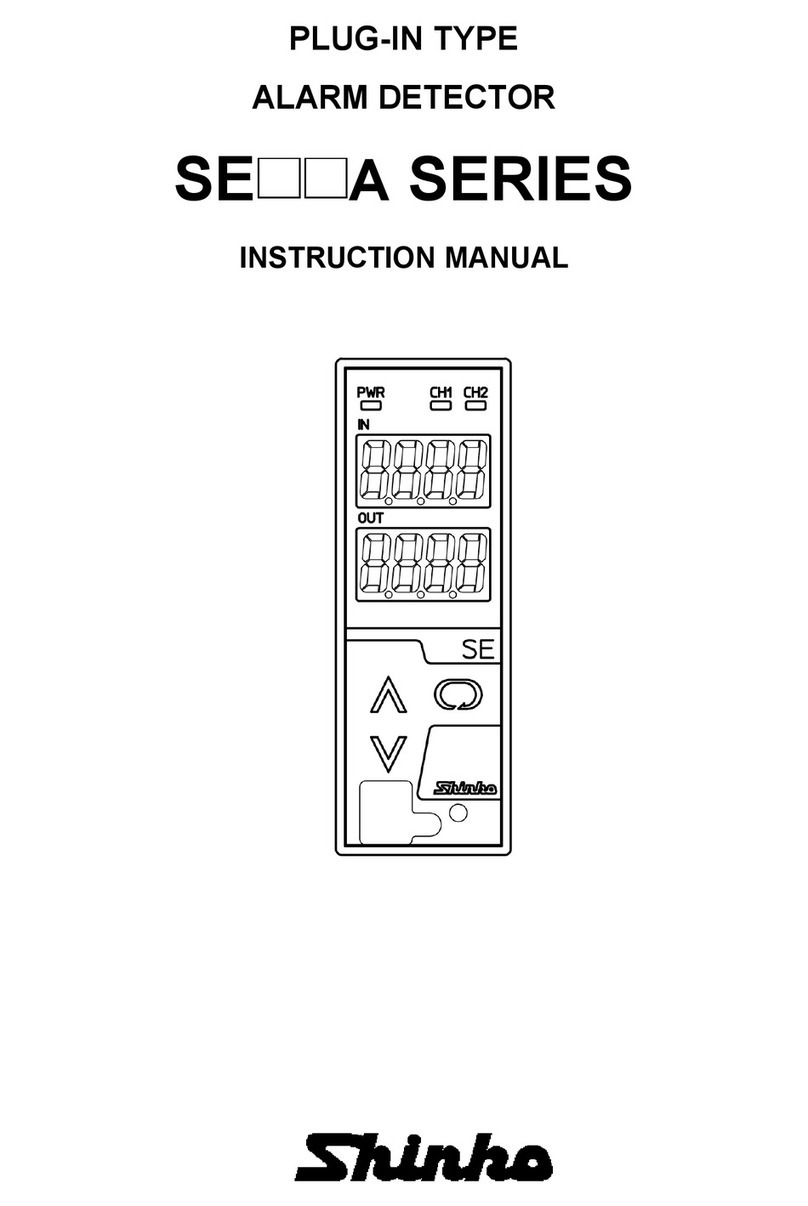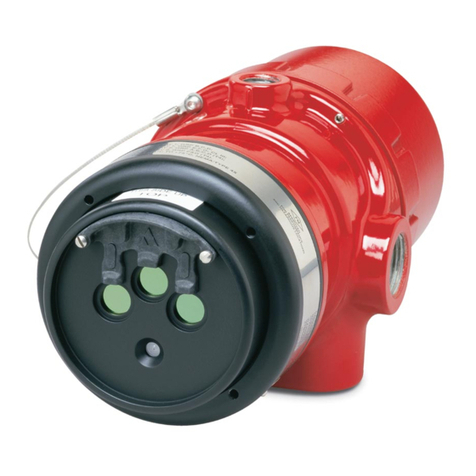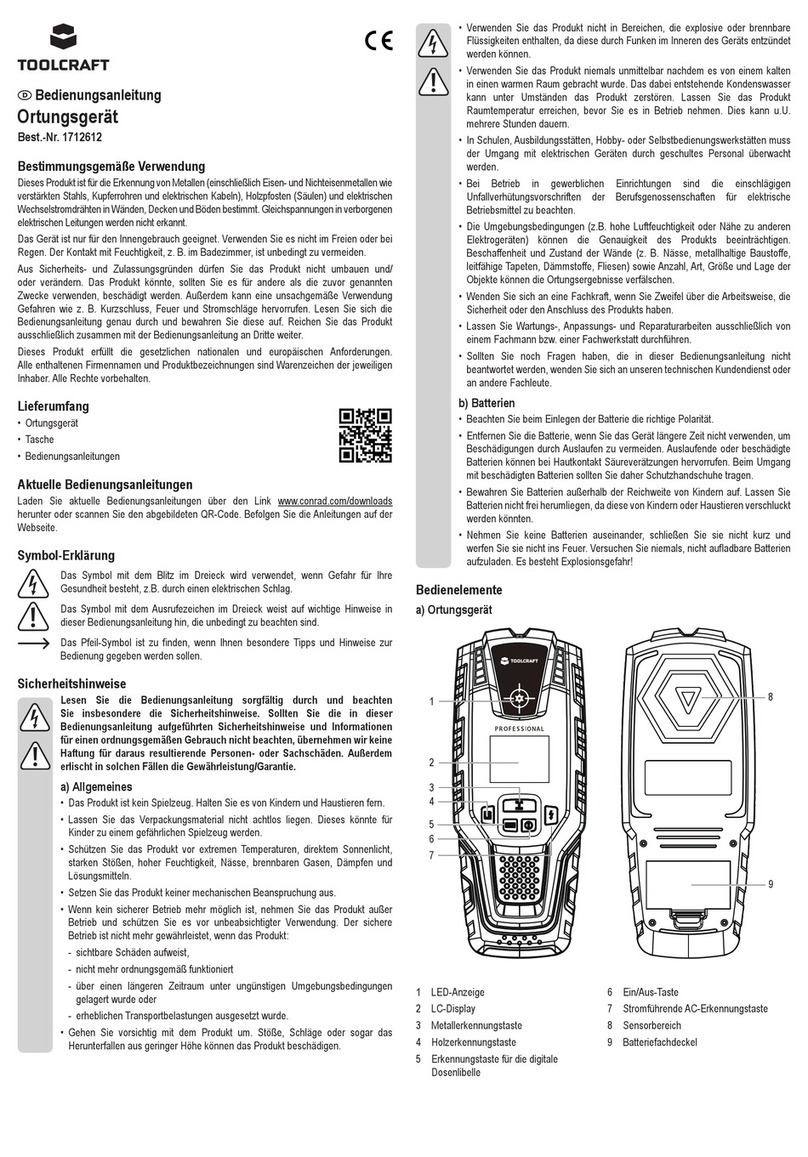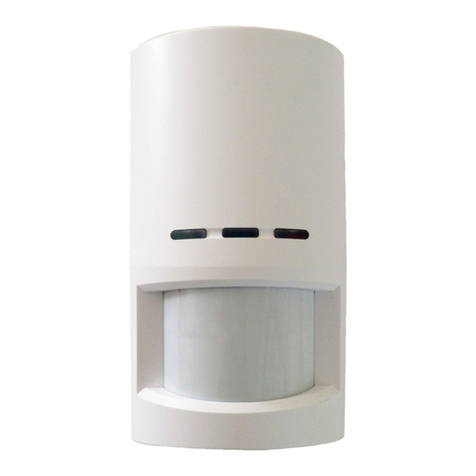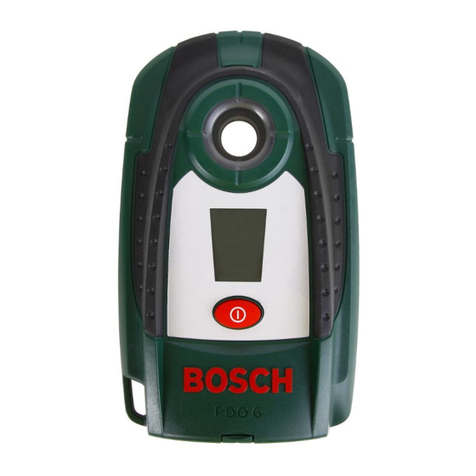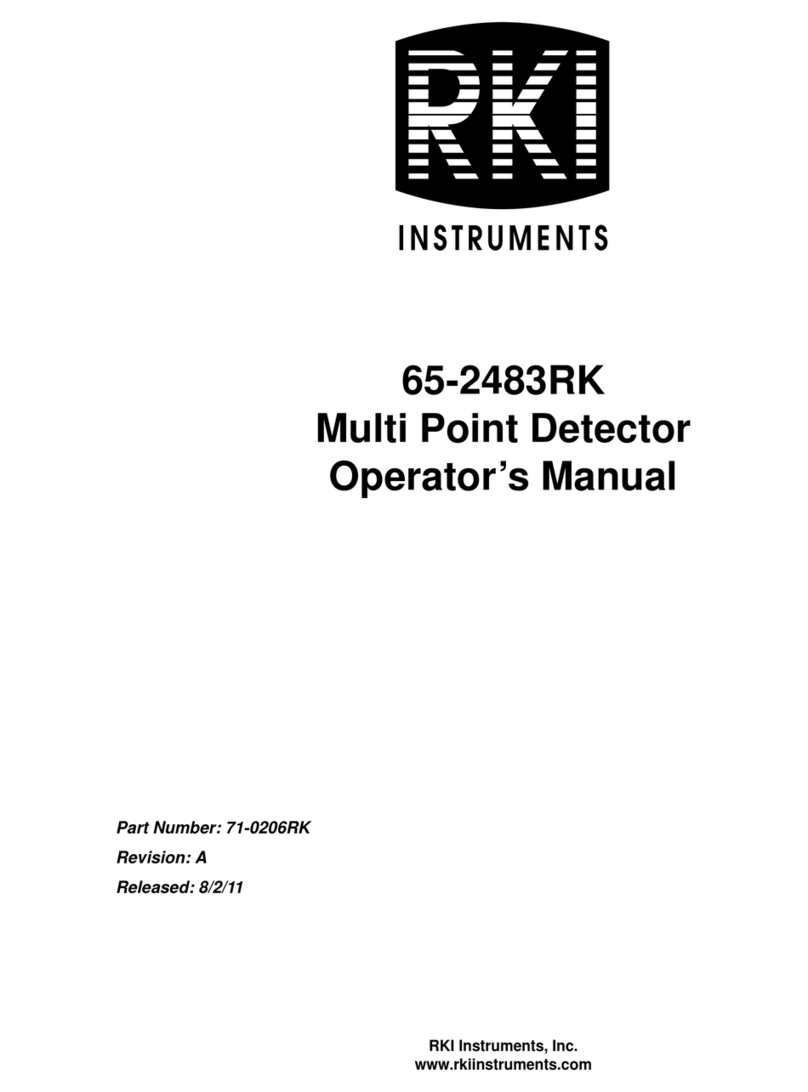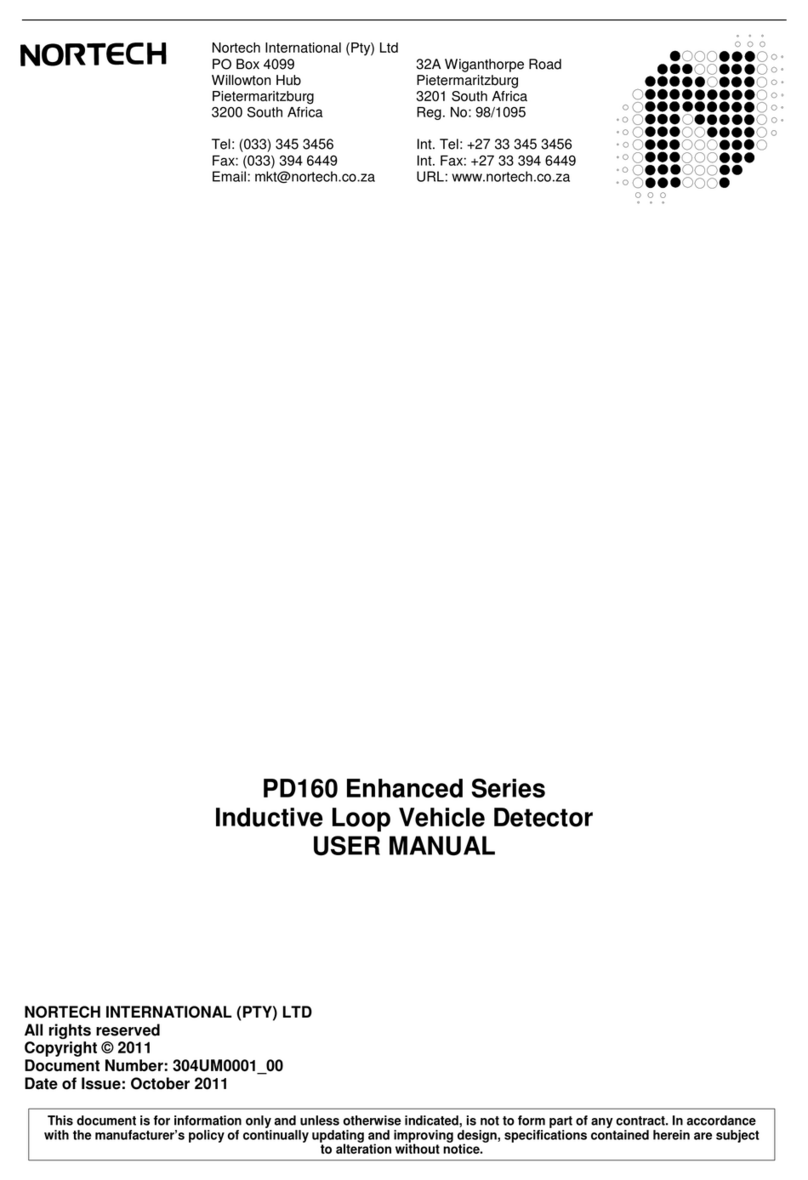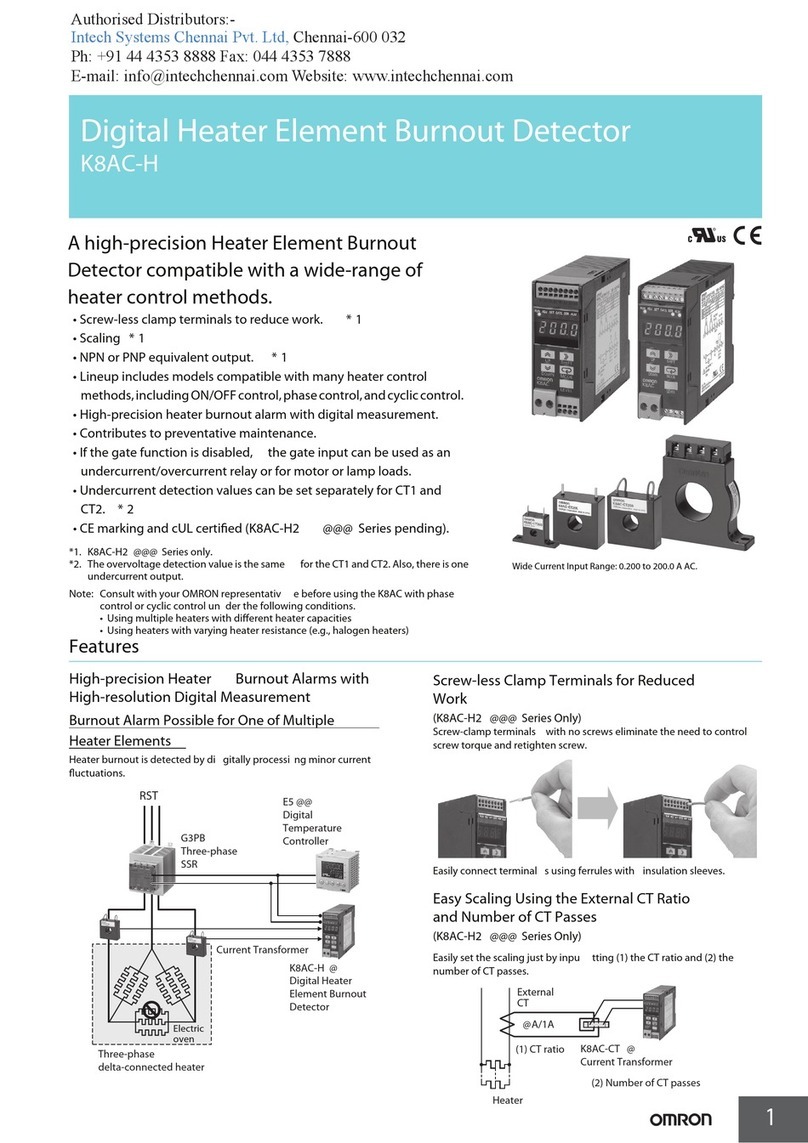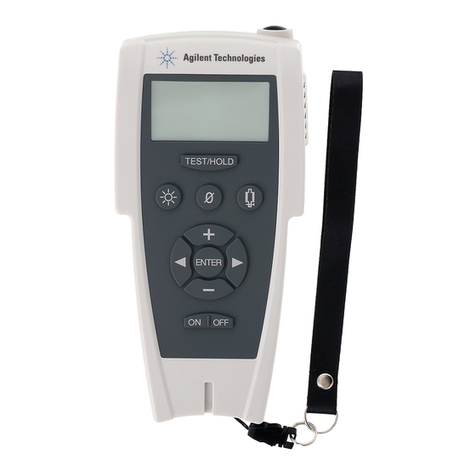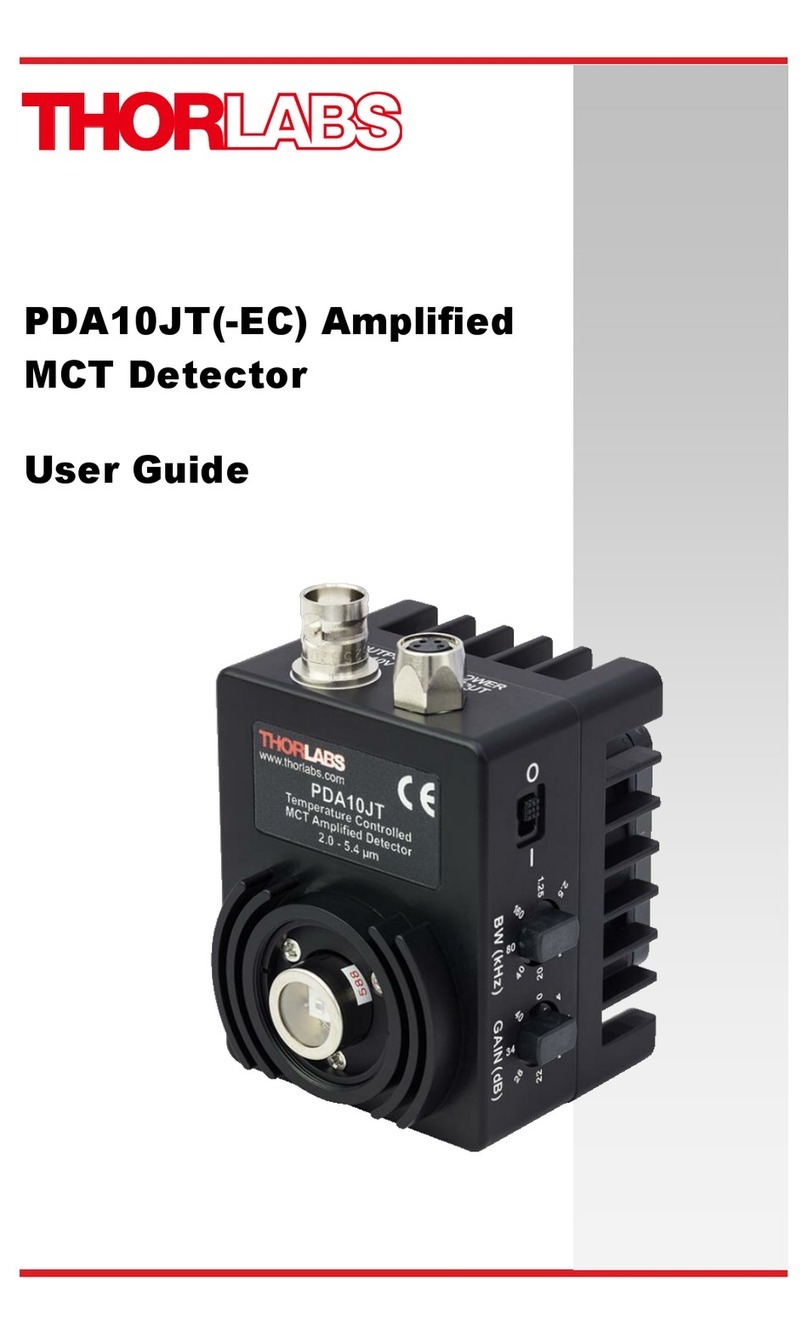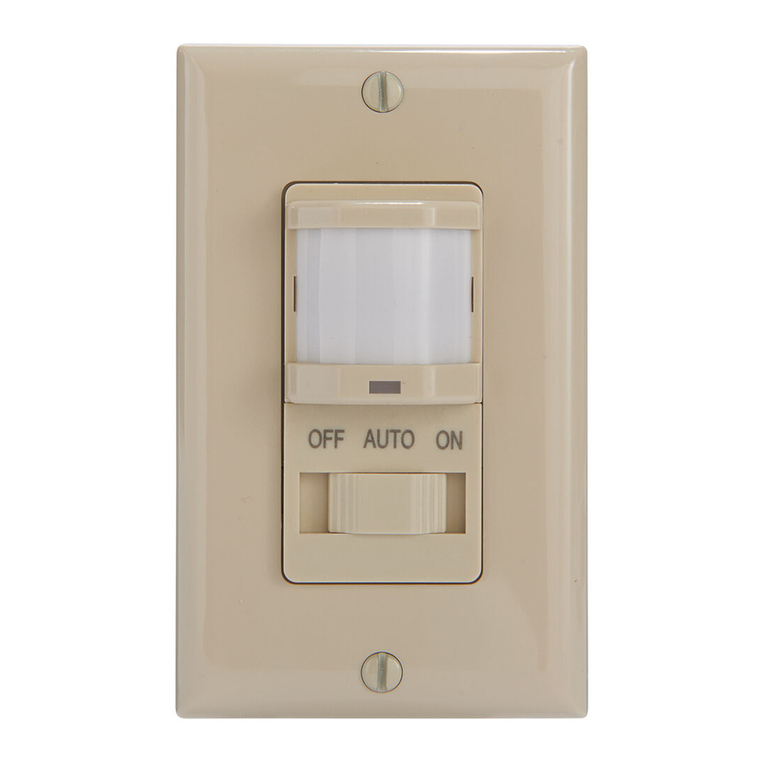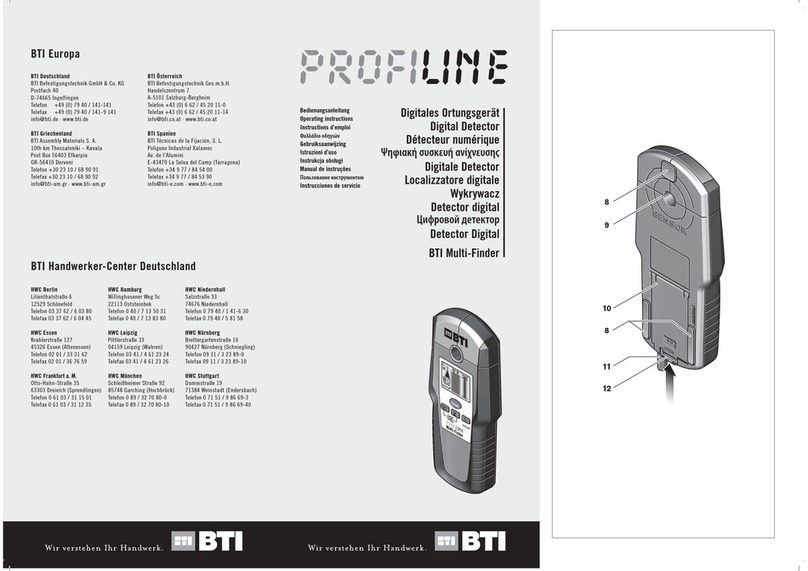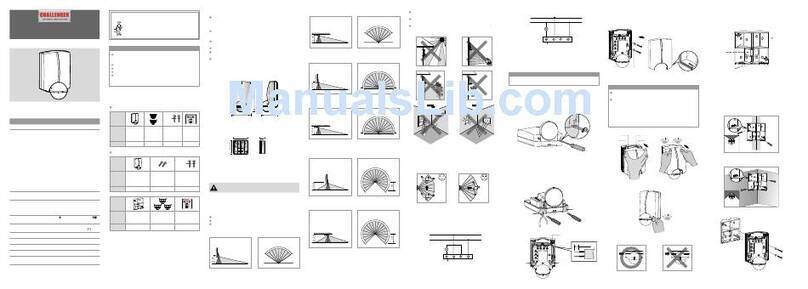
Safety instructions
C9C A3729-2.2 HBM: public 5
emergency shutdown, overload protection, catch straps
or chains, or other fall protection).
The electronics conditioning the measurement signal
should be designed so that measurement signal failure
does not cause damage.
General dangers of failing to follow the safety
instructions
The force transducers are state-of-the-art and reliable.
There may be risks involved if the transducers are
mounted, sited, installed and operated inappropriately, or
by untrained personnel. Every person involved with
siting, starting-up, operating or repairing a force
transducer must have read and understood the mounting
instructions and in particular the technical safety
instructions. The force transducers can be damaged or
destroyed by non-designated use of the force transducer
or by non-compliance with the mounting and operating
instructions, these safety instructions or other applicable
safety regulations (BG safety and accident prevention
regulations) when using the force transducers. A force
transducer can break, particularly in the case of
overloading. The breakage of a force transducer can
cause damage to property or injury to persons in the
vicinity of the force transducer.
If force transducers are not used according to their
designated use, or if the safety instructions or
specifications in the mounting and operating instructions
are ignored, it is also possible that the force transducer
may fail or malfunction, with the result that persons or
property may be affected (due to the loads acting on or
being monitored by the force transducer).
The scope of supply and performance of the transducer
covers only a small area of force measurement
technology, as measurements with (resistive) strain
